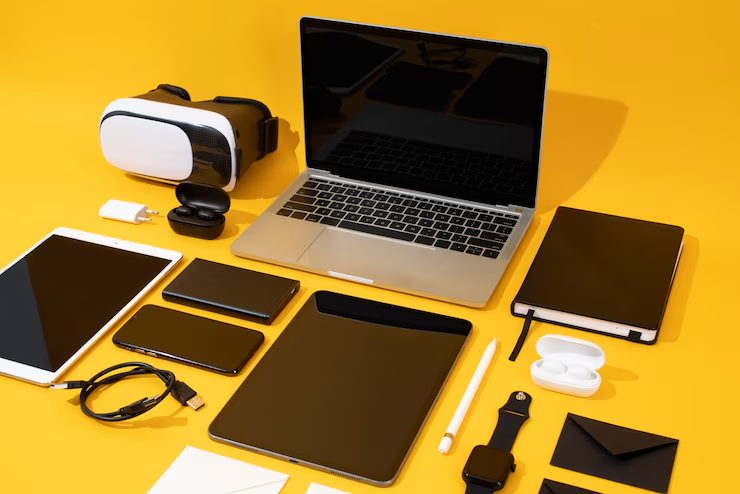
Key aspects of modular consumer electronics:
-
Interchangeable Components:
Devices are designed with modules (like batteries, cameras, or processors) that can be swapped out by users.
-
Customization:
Users can tailor their devices to their specific needs and preferences by choosing different modules.
-
Upgradability:
New modules with improved features or performance can be added to extend the life of the device.
-
Repairability:
Users can replace faulty modules themselves, reducing the need for professional repairs and e-waste.
-
Sustainability:
Modular design can help reduce e-waste by allowing users to replace specific components instead of discarding the entire device.
Benefits of modular consumer electronics:
- Longevity: Upgradable modules can keep devices up-to-date and extend their useful life.
- Cost Savings: Replacing individual modules can be more cost-effective than buying a new device.
- Reduced Waste: Only faulty or obsolete components need to be replaced, minimizing waste.
- Increased Flexibility: Users can adapt their devices to changing needs and preferences.
- Consumer Empowerment: Modular design gives users more control over their devices.
Examples of modular consumer electronics:
-
Modular smartphones:
The Fairphone 2 and other modular smartphones allow users to replace components like batteries, cameras, and screens.
-
Modular headphones:
AIAIAI’s TMA-2 headphones have interchangeable speaker units, headbands, ear pads, and cables.
-
Modular computer systems:
Platforms like Arduino, Raspberry Pi, and BeagleBone offer modular hardware that can be connected and customized.
Challenges of modular consumer electronics:
-
Bulkiness and weight:
Modular devices may be larger and heavier than their non-modular counterparts.
-
Complexity:
The modular design may require more complex manufacturing and supply chains.
-
Industry Adoption:Widespread adoption of modular design requires standardization and collaboration among manufacturers.



